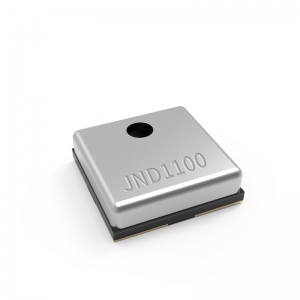Weather stations are essential tools for monitoring and recording weather conditions. They provide valuable information for meteorologists, researchers, farmers, and individuals interested in tracking local weather patterns. Weather stations come in various types, each designed for specific applications and varying levels of accuracy. In this article, we will explore the different types of weather stations and their features.
 Weather stations
Weather stations
Personal Weather Stations
Personal weather stations are designed for individual use and are typically installed on residential properties. These stations provide localized weather data and are commonly used by weather enthusiasts, homeowners, and amateur meteorologists. Personal weather stations usually consist of a combination of sensors, including thermometers, barometers, hygrometers, anemometers, and rain gauges. They are often connected to a display console or a computer for real-time data monitoring.
Automatic Weather Stations (AWS)
Automatic Weather Stations, also known as AWS, are self-contained units that continuously monitor and record weather conditions. They are widely used in meteorology, environmental research, agriculture, and other professional applications. AWS consists of an array of sensors that measure temperature, humidity, pressure, wind speed and direction, rainfall, solar radiation, and other parameters. These stations are equipped with data loggers that store and transmit the recorded data to a central database or a remote server for analysis and dissemination.
Aviation Weather Stations
Aviation weather stations are specialized units installed at airports and airfields to provide crucial weather information for safe flight operations. These stations are designed to meet stringent requirements set by aviation authorities. They feature highly accurate sensors to measure wind speed, wind direction, visibility, temperature, dew point, cloud height, and other parameters that are critical for flight planning and air traffic control. Aviation weather stations also have advanced technologies such as ceilometers and weather radars to detect cloud cover and precipitation.
Climate Reference Stations
Climate reference stations are established to monitor long-term weather trends and climate change. These stations adhere to strict guidelines and standards to ensure the accuracy and consistency of the recorded data. Climate reference stations are equipped with high-precision sensors and instruments, including top-quality thermometers, barometers, hygrometers, and pyranometers. They are strategically located in representative and undisturbed environments to provide reliable climate data over extended periods.
Mobile Weather Stations
Mobile weather stations are portable units that can be easily transported to different locations for temporary weather monitoring. They are commonly used in field research, emergency response, and outdoor events. Mobile weather stations typically include a compact set of sensors for measuring temperature, humidity, wind speed and direction, and barometric pressure. Some advanced models may also incorporate GPS technology for accurate positioning and data logging capabilities.
Shipboard Weather Stations
Shipboard weather stations are specially designed for maritime applications. They are installed on ships and vessels to provide real-time weather data for navigation, marine research, and meteorological studies. Shipboard weather stations are equipped with ruggedized sensors that can withstand harsh marine environments, including high winds, salt spray, and extreme temperatures. They measure parameters such as air temperature, relative humidity, wind speed and direction, sea surface temperature, wave height, and atmospheric pressure.
 气象站
气象站
结论
气象站在监测和记录各种应用中的天气状况方面发挥着至关重要的作用。个人气象站为个人提供本地化数据,而自动气象站则用于专业和科学目的。航空气象站确保安全飞行运行,气候参考站监测长期天气趋势,移动气象站提供便携性,船上气象站满足海上需求。每种类型的气象站都设计有特定的功能和传感器,以满足其预期应用的要求。通过利用这些气象站,我们可以收集准确可靠的天气数据,以便在各个领域更好地进行规划、研究和决策。





